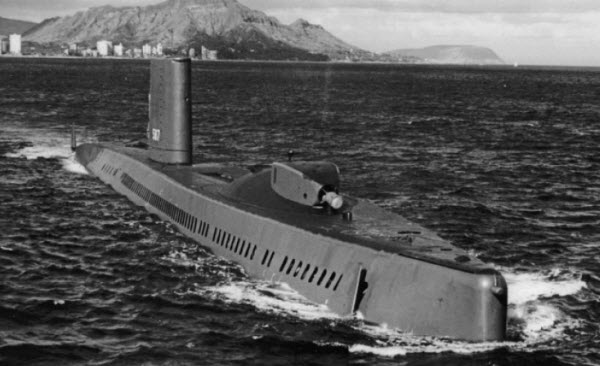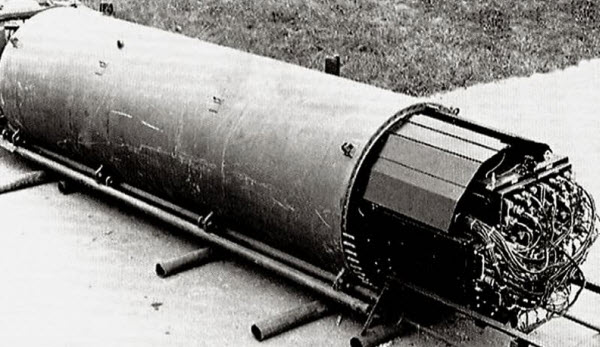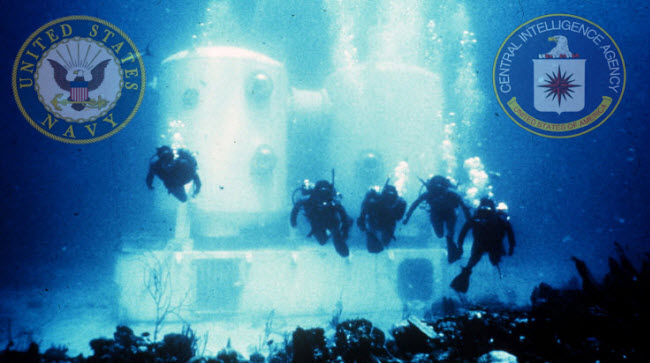By the end of World War II, the United States and the Soviet Union (now Russia) were enveloped in a cautious silence marked by mutual suspicions regarding each other’s activities. Both sides devoted significant efforts to gathering intelligence on one another to understand potential intentions and capabilities in the event of a looming confrontation. With the onset of the Cold War, acquiring and analyzing intelligence became the primary objective for the intelligence agencies of both nations, whether the CIA of the United States or the Soviet KGB. Both agencies employed every available means during this period, including deploying spies and agents, and executing audacious operations such as Operation Gold in Germany or intercepting communications at sea through Operation Ivy Bells. The latter provided the U.S. government with invaluable information that contributed to shortening the duration of the Cold War and preventing it from escalating into a global conflict.
As the Cold War erupted, the United States urgently needed to understand the nature of Soviet intercontinental ballistic missiles and submarine technology, and assess their capabilities in the event of a first nuclear strike. In the early 1970s, American intelligence learned of a communication cable running under the Sea of Okhotsk between the Kamchatka Peninsula and the Russian mainland. This cable connected the Soviet Pacific Fleet base in Petropavlovsk to the main fleet headquarters in Vladivostok. The Soviet Union considered this area part of its territorial waters, and foreign vessels were prohibited from entering. To ensure the integrity of its sovereignty, the Soviet Navy installed a network of underwater acoustic sensors designed to detect any intruders, in addition to conducting numerous surface and subsurface naval exercises.

Despite these obstacles, the allure of accessing this strategic treasure was too great to ignore. In October 1971, the United States launched a bold intelligence operation known as “Operation Ivy Bells,” a collaborative mission involving the U.S. Navy and the CIA. The operation commenced with the deployment of the American submarine Halibut, specially modified for this purpose, to the depths of the Sea of Okhotsk. The funds for this project were discreetly diverted from the Deep Submergence Rescue Vehicle (DSRV) program. Upon nearing the designated site, U.S. Navy divers discovered the cable at a depth of 120 meters. They installed a 6.1-meter listening device that encircled the cable without penetrating its sheath, allowing it to record all communications transmitted through it. The device was designed for easy removal if the cable was lifted for repairs, preventing detection by maintenance crews.

Operation Ivy Bells was so secretive that most of the participating sailors lacked the necessary security clearance to know its details. A cover story was created, suggesting that spy submarines were being sent to the Soviet maritime region to recover debris from a Soviet anti-ship, supersonic missile to analyze its secrets and develop countermeasures. This story had a kernel of truth, as American divers did indeed recover fragments of the missile, totaling nearly two million pieces, the largest of which was just 150 millimeters. These pieces were transported to the United States, where they were reconstructed in a U.S. Navy research lab. The reverse engineering revealed that the missile was radar-guided and did not use the infrared guidance previously believed to be part of its system.

Returning to Operation Ivy Bells, American divers retrieved recordings monthly and replaced the tape sets. The captured data was then delivered to the National Security Agency for processing and distribution to other U.S. intelligence agencies. The initial tapes revealed that Soviets were so confident in the cable’s security that most conversations were unencrypted. The intercepted communications provided invaluable insights into the movement of senior Soviet officers and naval operations in Petropavlovsk, the main base for Soviet nuclear submarines and home to ballistic missile submarines of the Yankee and Delta classes.
Given the wealth of information obtained from Operation Ivy Bells, the U.S. installed additional listening devices on Soviet lines worldwide using advanced tools developed by major American telecommunications companies such as AT&T. These devices operated on radioactive thermal generators and could store data for up to a year. The U.S. Navy deployed approximately 189 other submarines for this role. During one mission, one of these submarines nearly became lost after being stranded on the seabed due to a storm, requiring the use of self-destruct technology to sink it with its crew if not for a last-minute rescue.

Every beginning has an end, and Operation Ivy Bells was ultimately compromised by a Soviet spy named Ronald Pelton. Pelton, a former NSA employee fluent in Russian and in debt for $65,000, had filed for personal bankruptcy just three months before resigning. With only a few hundred dollars in his bank account, he approached the Soviet embassy in Washington, D.C., in January 1980. He offered to sell all he knew about the operation to Soviet intelligence for money. Between 1980 and 1983, he received $35,000, with a special bonus of $5,000 for information about Operation Ivy Bells. Although the Soviets did not immediately act on this information, in 1981, American spy satellites detected Soviet warships, including a salvage ship, stationed above the listening device’s location in the Sea of Okhotsk. A submarine was sent to recover the device, but American divers could not locate it and concluded that the Soviets had retrieved it. In July 1985, Soviet spy Vitaly Yurchenko, a colonel in Soviet intelligence, defected and provided information leading to Pelton’s arrest.
Operation Ivy Bells, deemed successful, ultimately provided the United States with extensive information about Soviet nuclear strike capabilities, contributing to the signing of the SALT II arms reduction treaty in the late 1970s and indirectly aiding in the end of the Cold War. As of 1999, the listening device that was placed on the underwater cable and seized by the Soviets was on display at the Great Patriotic War Museum in Moscow.
